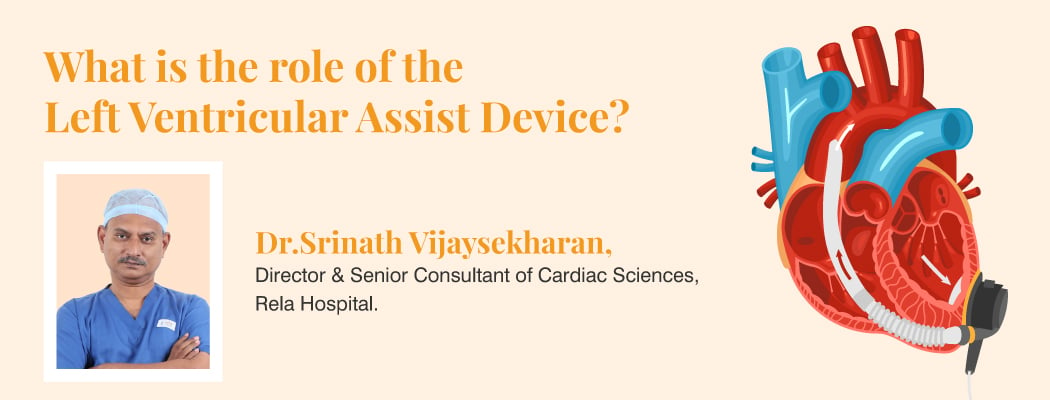What is TRT?
February 6, 2024

TRT
Testosterone Replacement Therapy(TRT), also known as Androgen replacement treatment, is a type of hormone therapy in which supplements or replacements of androgens, typically testosterone, are administered.
Contents
Testosterone
The hormone testosterone is mostly produced in the testicles. Testosterone contributes to men’s bone density and distribution of fat, red blood cell production, facial and body hair and muscle build and strength, sexual desire and sperm generation.
Adolescence and the early stages of adulthood are often when testosterone levels peak. Your testosterone levels generally drop with age; from the ages of 30 or 40, they usually drop every year. For males in their later years, it’s critical to diagnose hypogonadism, a disorder that causes low testosterone, as opposed to natural ageing.
Because of an issue with the testicles or the pituitary gland, which regulates the testicles, hypogonadism impairs the body’s capacity to create normal levels of testosterone.
Symptoms of Low Testosterone
Low testosterone can have mild as well as obvious symptoms. Men’s testosterone levels decrease with age, but extremely low levels can also result from specific illnesses. Low testosterone can cause the following symptoms:
- decreased libido and sex desire
- erectile dysfunction
- weariness and low energy
- loss of facial and body hair.
- inability to focus
- depression, irritability, low sense of wellbeing
- low sperm count
- rise in body fat
What is TRT?
Doctors treat guys who exhibit hypogonadism symptoms due to a deficiency in testosterone using testosterone replacement therapy(TRT). The symptoms of low testosterone can be reversed by taking prescription testosterone, which raises levels of this hormone in the blood. Its use may lead to benefits in energy, mood, sexual function, alertness, and general wellbeing.
Advantages of TRT
The goal of TRT is to get a person’s testosterone levels back to normal. While the person’s blood testosterone levels should improve within a week, it can take longer for their symptoms to subside. It could take four weeks to several months to observe results.
Some of the potential short-term advantages of TRT are:
- increased libido and sex drive
- better erectile function
- increased energy and cognitive function
- increased vitality, motivation, and confidence throughout the day
- healthier appetite regulation
- enhanced sleep quality
Some long-term benefits after several months of TRT are as follows:
- Better bone and joint health
- Enhanced recovery after exercise
- Fuller growth of facial hair
- Increased production of red blood cells
- Enhanced immune function
Types of TRT
Different types of TRT are available.
Patches: Implementing patches is simple. However, patches may need to be placed more than once a day and may cause skin rashes when used.
Gels: Daily skin application of gels is done in this type of TRT. Utilising them is convenient. However, you must exercise caution so that for a few hours after applying it, no one comes into contact with the treated area. It’s now possible to avoid the chance of exposure to other people by using a nasal gel.
Buccal patch: Apply this twice daily to your upper gums. Although these patches are practical, gum disease or discomfort may result from them.
Injections: The interval between injections can range from two to ten weeks. When compared to other therapies, they are reasonably priced. However, injections might not offer consistent advantages. In between doses, your testosterone levels will return to baseline.
Pellets under the skin: Every three to six months, your doctor will put these pellets beneath your skin. Once implanted, they are incredibly convenient, but every dose necessitates a small amount of surgery.
Monitoring TRT
After treatment starts, your doctor will check your testosterone levels three and six months later. Subsequently, you will undergo testing annually. If everything checks out, you’ll continue taking your existing dosage.
You might need to change your dosage if your testosterone levels are too low. Your red blood cell counts will be checked concurrently by your physician.If you had osteoporosis before starting therapy, your doctor will take a bone density test one to two years after starting TRT. At the beginning of treatment, your doctor will assess your risk of prostate cancer. He or she may then repeat tests after three and six months, and then once a year.
Disadvantages of TRT
The use of testosterone therapy entails certain risks due to the strong hormone involved. Some of the common disadvantages are as follows:
Testosterone Therapy Hazards:The use of testosterone therapy entails certain risks due to the strong hormone involved. Certain are uncommon, while others are common. Anybody receiving therapy should be informed of the potentially life-altering adverse effects, even though not all of them are serious.
Following TRT, common hazards include:
- Increasing the severity of sleep apnea: According to several studies, testosterone therapy may exacerbate sleep apnea, a condition in which breathing stops momentarily while you sleep.
- Acne and skin reactions: Many men who start a testosterone cycle also get severe acne and skin outbreaks. Anti-inflammatory drugs or dosage adjustments can be used to treat these side effects.
- Inflammation of the prostate gland, Benign prostatic hyperplasia (BPH; non cancerous tumour of the prostate)
- Prostate tumour growth acceleration
- Gynecomastia (widening breasts)
- Reduced proliferative capacity; testicular shrinkage; and heightened susceptibility to blood clots that could result in a potentially fatal pulmonary embolism
- Congestive heart failure
When should I see a Doctor?
TRT users should speak with the doctor if they observe any of the following symptoms:
- Weakness on one side of the body
- Choking sensation in the chest
- Breathing difficulties or shortness of breath
- Difficulty speaking.
Conclusion
Though it might not be suitable for everyone, TRT is a popular treatment for low testosterone levels. Individuals who are thinking about TRT require a prescription and suitable advice from a physician or other licensed healthcare provider.
Frequently Asked Questions
1. For what duration must I do testosterone replacement therapy?
TRT needs to be continued forever. Stopping TRT could cause your symptoms to reappear because it does not treat low testosterone.
2. How do I get tested for low testosterone?
Your doctor will likely give you a blood test first thing in the morning if they think your testosterone levels are low. Your doctor might prescribe additional tests to get more information once your results are back.
3. What is the normal range of testosterone for men?
Men’s typical testosterone levels range from 300 to 1,000 ng/dL.However, testosterone levels vary widely across individuals.
4. What physical changes result with TRT?
Enhanced bone density and muscular mass, as well as reduced body weight, are some of the physical alterations that TRT can cause in your body.







